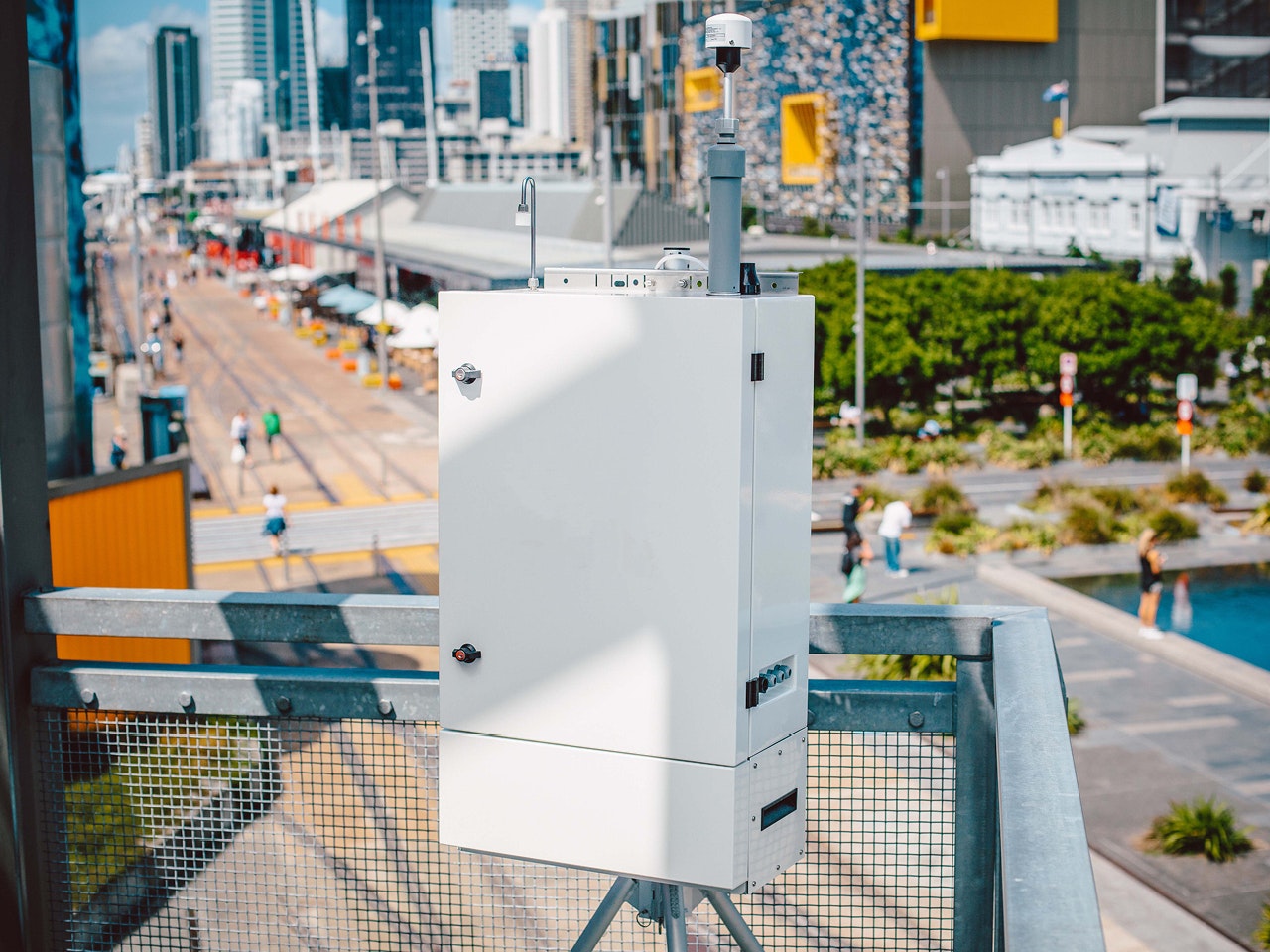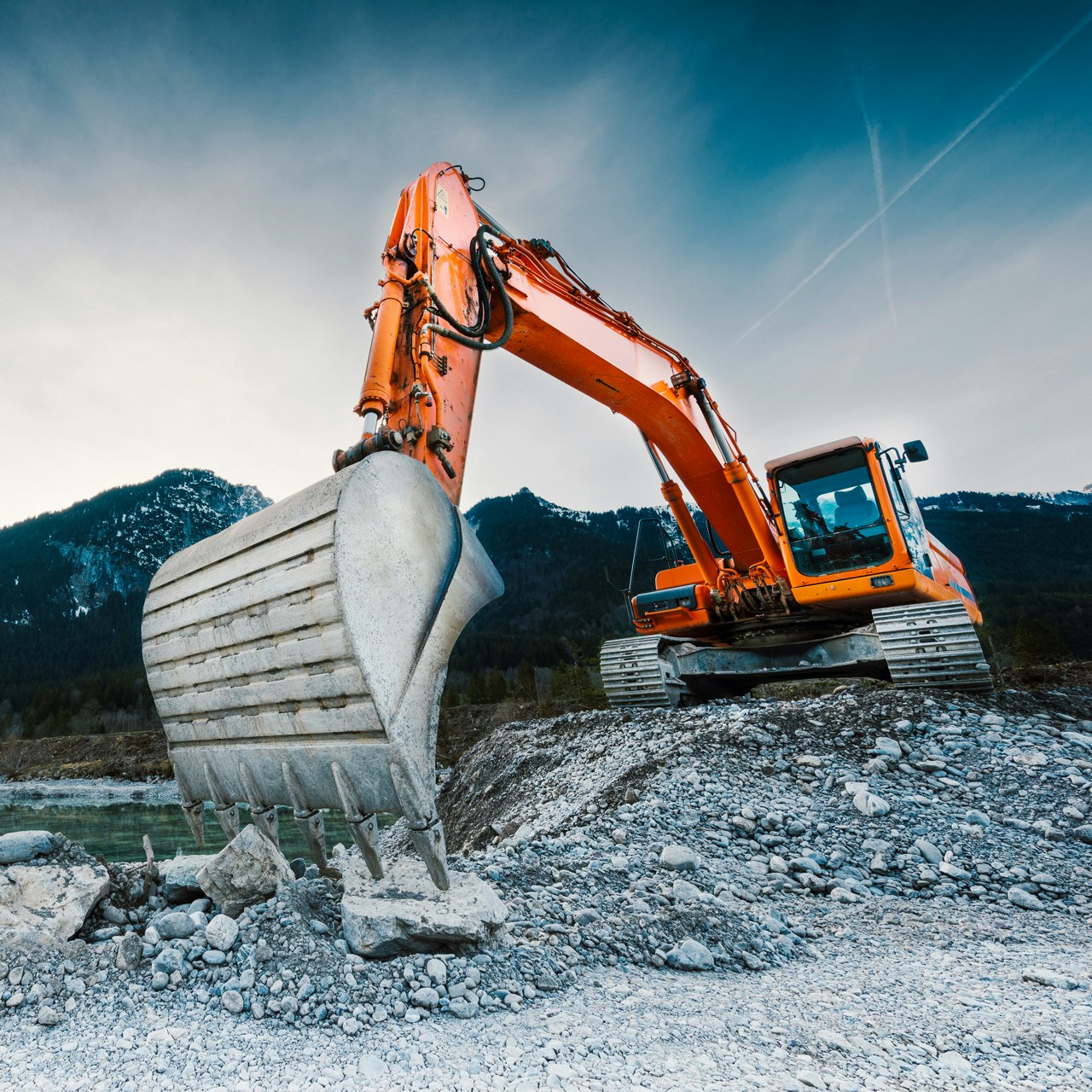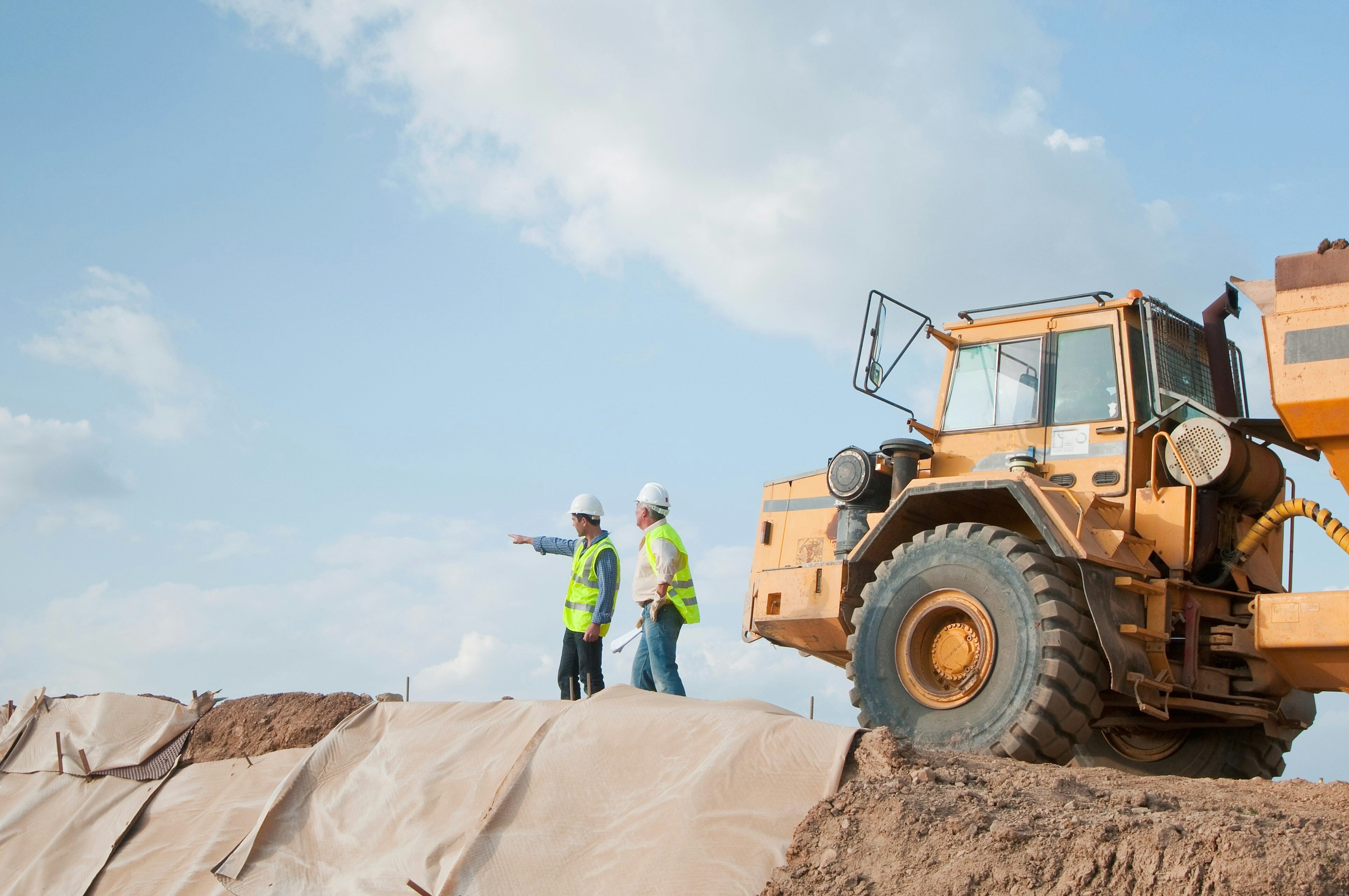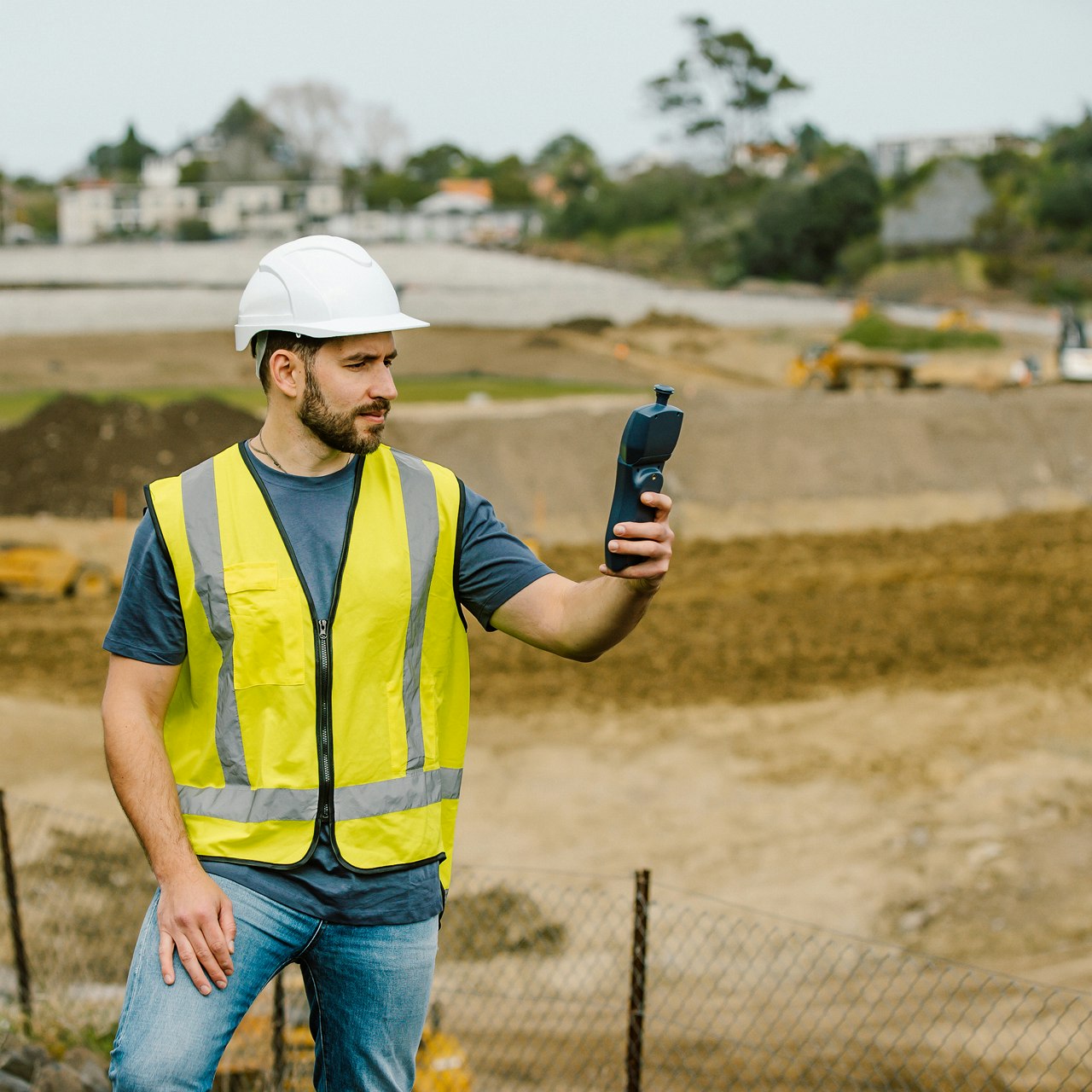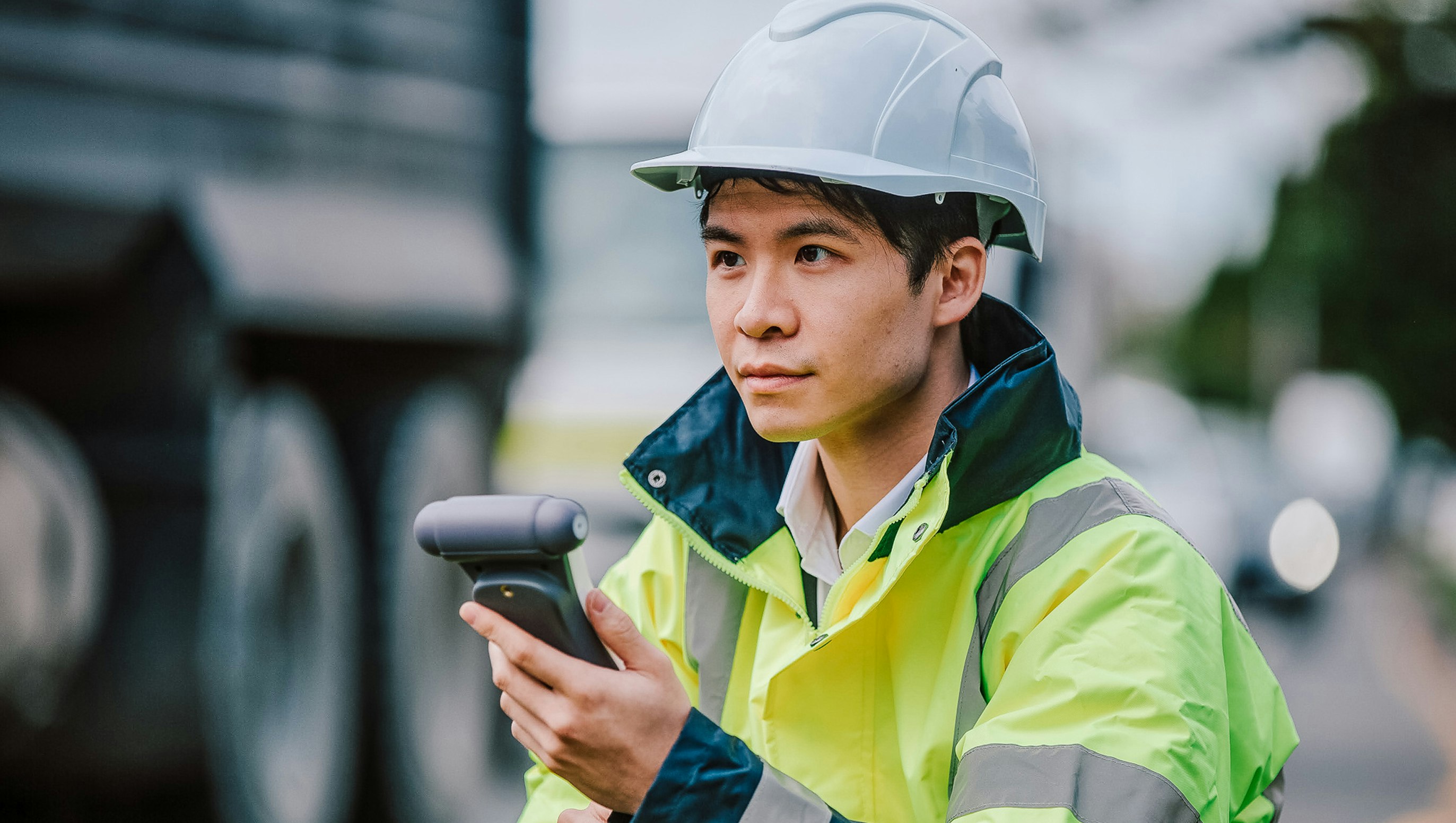Blog
Environmental Site Remediation – What I learned from a visit to Gowanus, NYC
Article Details
Last Updated
14 September 2025
Published
16 November 2018
Category
Remediation
What is remediation?
Environmental site remediation deals with the removal of pollution or contaminants from soil, groundwater, sediment, or surface water. It includes systematic steps involving detection, investigation and hazard assessments of suspected contaminated sites. Remedial activities are designed to reverse toxic changes in soil and water, eliminate site pollution, and protect sensitive receptors, such as people, environment and ecology. Air quality is an important environmental media which acts as an ecological pathway for contaminants to reach receptors. Air monitoring at remediation sites is used to detect and mitigate nuisance dust and toxic contaminants emitted during remedial works including dust particles, aerosols, odors, vapors and heavy metals.
Why is air monitoring required at remediation sites?
Remediation of contaminated land sites and waterways, like Gowanus Canal, can pose a serious chemical exposure risk to on-site workers, neighboring communities and the surrounding ecology. The EPA has identified more than a dozen contaminants in the sediment of the canal. These include polycyclic aromatic hydrocarbons, polychlorinated biphenyls and heavy metals, including mercury, lead and copper. The risk is that toxic air pollutants trapped in the contaminated soils or sediment are released into the air during earth-moving activities, such as excavation, transfer, handling, and removal of soil.
What are the key objectives to measuring air quality at remediation sites?
The goal of air quality monitoring is to detect and control off-site fugitive emissions of toxic air contaminants. Perimeter or boundary air monitoring is used to trigger abatement controls to reduce potential exposure to surrounding communities. The details are typically outlined in the Community Air Monitoring Plan (CAMP) but essentially the air monitoring should fulfil these objectives:
- Protect human health and the environment from airborne contamination
- Monitor perimeter air quality during remediation activities
- Identify the requirement for dust suppression systems
- Comply with regulatory and recommended guidelines
- Provide risk management and public confidence
- Reduce project owner’s potential for liability
Excavating contaminated sediment at the 4th Street Turning Basin for transfer to the sludge treatment yard - Gowanus Canal, NYC.
What are the regulations and who makes the rules?
Air monitoring requirements and target parameters are usually determined by site investigative reports and federal, state or county guidelines. Examples of U.S. regulatory guidelines for remediation sites include New York State DER-10 Technical Guidance for Site Investigation and Remediation and Community Air Monitoring Plan (CAMP), and in California the South Coast Air Quality Management District (SCAQMD) Rule 1466 Control of Particulate Emissions from Soils with Toxic Air Contaminants (TACs). In the UK the IAQM has published similar guidance for air quality monitoring in the vicinity of demolition and construction sites. The Gowanus Superfund project is governed by NYS DEC DER-10 guidelines.
How do you know which remediation sites require air monitoring?
It will depend on what your local and federal regulations are. However, here’s a list of remediation sites which typically require air monitoring:
- US EPA State Superfund National Priority List (NPL) sites
- Former Manufactured Gas Plant (MGP) sites
- Inactive Hazardous Waste Disposal sites
- Brownfield Cleanup Programs (BCP)
- Environmental Restoration Programs (ERP)
- Mine tailings investigation and rehabilitation
- State/Regional Water Board Site Cleanup Programs
- Former metal smelting and timber treatment facilities
The Gowanus Canal project (see further details below) is an example of the EPA Superfund National Priorities List (NPL).
What should be defined in the air quality monitoring plan?
Parameter-specific action levels are determined for each site based on a site characterization survey, soil information, planned remediation activities, and applicable regulatory guidelines. For instance, the Gowanus Canal cleanup has used this information to define the air quality monitoring plan. The following points are typically defined for remediation sites:
- On-site receptors (i.e. workforce)
- Off-site receptors (i.e. residences, businesses, schools and general public)
- Ecological receptors (i.e. the natural environment)
- Pollutant parameters to be monitored
- Emission limits and trigger levels for each pollutant
- Number and location of monitoring sites relative to wind and perimeter
- Protocols for frequency of monitoring and reporting
- Monitoring equipment specification, calibration and approvals
- Data storage, telemetry and alarm systems
- Sample collection and procedures if required
- Baseline monitoring where other emission sources are present
- Emissions action plan
What pollutants and parameters are measured?
Remediation site emissions normally comprise dust/particulates (particulate matter PM10) and Total Volatile Organic Compounds (TVOC). At the Gowanus site both TVOC and PM10 dust are monitored in real-time. Sites that are known to be contaminated just with heavy metals may only require particulate PM10 monitoring. Additional monitoring may be required if radiological contamination is a concern. Meteorological parameters, in particular wind direction and wind speed, are typically monitored at a remediation site. Nuisance parameters such as noise, vibration, and odor might also be monitored on a case by case basis. Certain waste sites may call for monitoring specific compounds, such as methane or hydrogen sulfide.
When should air monitoring begin?
A site characterization survey is conducted to establish baseline conditions before a remediation project commences. This determines exposure pathways which have the potential to impact sensitive receptors located nearby. This usually involves non-intrusive, short-term air monitoring and soil sample collection before starting any activities which could potentially generate emissions. It is advisable to maintain consistency in sampling methodology throughout the period of remedial activities to avoid uncertainties between baseline and subsequent results.
What are defensible methods to measure VOCs?
There are several methods for periodic sampling of VOCs. One is to install sorbent tubes around the site perimeter, which trap airborne VOCs onto absorbent material over a period of days or weeks. The sample is then analyzed by a laboratory to determine the average amount of organic vapor present in the air. VOCs can also be collected in specially-prepared SUMMA® canisters, or Tedlar® bags, for speciated analysis (e.g. BTEX compounds) by Gas Chromatography/Mass Spectrometry (GC/MS) according to EPA Method TO-15.
OCs collected in SUMMA® canisters are analyzed by GC/MS EPA Method TO-15
Photo Ionisation Detector (PID) instruments are typically used for continuous TVOC monitoring and fugitive emissions detection. These detectors report in real-time and can identify trends in TVOC concentration down to ppb levels. They can also be integrated with particulate monitoring systems for continuous measurement at the site boundary. At the Gowanus project, for example, TRC used PID sensors integrated with PM10 monitors. Alternatively, for periodic and discrete monitoring, portable TVOC monitors like Aeroqual’s Series 500 with PID sensor or RAE Systems MiniRAE 3000 are useful. Portable monitors can be used to take readings when you arrive at a site, to monitor the air while opening a well cap or overturning soil – or to take a reading before you leave a sampling site.
Portable PID monitors like Aeroqual Series 500 and RAE miniRAE 3000 are useful for periodic TVOC sampling
What methods can be used for PM dust monitoring?
PM10 particulate monitoring is also performed during an investigative assessment to establish the baseline at the remediation site. Sampling equipment includes dust deposition gages, gravimetric samplers, and portable or fixed direct-reading particulate monitors. Gravimetric particulate filters (i.e. Hi-Vol and Lo-Vol) can be analyzed by x-ray fluorescence (XRF) for heavy metals (e.g. Pb, As, Cr etc.). SCAQMD Rule 1466 applies PM10 as a surrogate for determining maximum fugitive airborne concentrations of metals and polycyclic aromatic hydrocarbons. The monitors deployed at the Gowanus project use light scattering nephelometry, an approved method for real-time PM monitoring.
The Aeroqual Dust Sentry is a real-time dust monitor which uses a robust light-scattering nephelometer with sharp cut cyclones for PM10 or PM2.5. It complies with MCERTS and SCAQMD Rule 1466, Executive Officer Pre-Approved PM10 Monitors, and can be used on DEFRA regulated projects in the UK, and sites governed by Rule 1466 in California and DER-10 in New York.
Why is meteorological monitoring useful?
Regulations usually require the air quality management plan to include meteorological monitoring. Wind direction data is used to position the monitoring equipment in appropriate upwind and downwind locations. For example, DER-10 guidelines require daily measurement of wind speed and direction, temperature, barometric pressure, and relative humidity to establish background conditions. All-in-one systems like Aeroqual’s AQS 1 Air Quality Monitor offer integrated weather sensors and reporting convenience, as the meteorological data is available alongside TVOC and PM10 data on a single software platform.
All-in-one systems like the AQS 1 Air Quality Monitor integrate PM10, TVOC and weather data with Wi-Fi and Cloud telemetry
What integrated monitoring solutions are available?
Various solutions combine continuous TVOC and PM10 monitoring with data telemetry and alarms. The air monitors at Gowanus combine PID detectors and optical particle sensors from different manufacturers, with TRC’s data logging platform. Alternatively, all-in-one solutions like the Aeroqual AQS 1 Air Quality Monitor are able to deliver PM10, TVOC and meteorological data, with remote data acquisition and alerts, within a single instrument. Integrated systems like this are often more technically defensible and cost-effective than fragmented solutions from multiple suppliers. Aeroqual’s instruments are WiFi enabled and can be networked. The monitors can also run on external battery or with solar panels, where no mains power is available on site.
When and how do you respond to high air pollution events? what response levels and actions apply?
Dust and particulate concentrations and TVOC should be monitored and recorded continuously at the downwind perimeter of the exclusion zone, or immediate work area. Upwind measurements should also be taken to establish background conditions.
TVOC monitoring response and action levels are calculated over a running average and if the concentration exceeds the trigger value (i.e. DER-10 states 5 ppm), work activities must stop temporarily. If levels then drop back below the trigger value, work activities can resume. However, if levels remain above the trigger value at the perimeter, work activities must be shut down until the emission source is identified and abatement actions taken. Air monitoring continues throughout this process. All work activities must be halted if TVOC levels are well above the trigger value (i.e. DER-10 states 25 ppm) at the site perimeter.
Remediation sites usually require a minimum of two continuous particulate monitors configured to measure PM10 levels in real-time. They must also report a running concentration average and trigger an alarm to indicate an exceedance of the action level. Work activities can normally continue with dust suppression techniques, provided that downwind PM10 particulate levels do not exceed above the upwind level (i.e. DER-10 states 150μg/m3).
What suppression techniques are available?
Surface wetting by atomized water (mist) and vapor suppression foam techniques are commonly applied to areas where dust and TVOC emissions may occur. These methods reduce potential airborne contaminants released during soil handling, staging and other cleanup activities. On most remediation sites water misting via water cannon or mobile water cart is usually sufficient as a daily control to minimize the potential for fugitive emissions.
Real-life example of a remediation project: Gowanus Canal
‘So what does air monitoring at a remediation site actually look like?’, I hear you ask. Let’s take a closer look at a real-life example in Gowanus, Brooklyn’s hipster neighborhood.
Gowanus, a hipster neighborhood with a serious environmental problem
During a recent visit to the Big Apple, I spent a summer weekend in the hipster neighborhood of Gowanus, in the heart of Brooklyn. That’s right Gowanus, the former industrial wasteland and waterway that is now peppered with artists, live shows, delicious bites and cheap beer.
Gowanus is both grubby and picturesque, with a gritty industrial history dating to the mid-1800s. Today, the neighborhood offers the promise of waterfront property and old warehouses full of potential for revitalization. I say “promise” and “potential” because the Gowanus Canal is heavily polluted, an environmental disaster that was 135 years in the making.
The U.S. EPA classifies the Gowanus Canal as a Superfund site and is performing trials at the 4th Street Turning Basin to determine effective methods for eventually cleaning the entire canal by 2027.
Gowanus Location Map - Source: EPA
Location of Gowanus Canal and 4th Street Turning Basin in Brooklyn, New York. - Source: EPA
Gowanus Canal pilot cleanup project
I’d arranged to meet Gary Hunt and Jon Bowser from TRC Solutions in Gowanus. TRC is a national engineering and consulting management firm overseeing the environmental aspects of the Gowanus Canal pilot cleanup project. Gary is VP and Principal Scientist and Jon manages Air Quality and Meteorological Monitoring. TRC currently operate six air quality stations at the 4th Street Basin along with two additional stations and a meteorological tower at the staging and sludge treatment yard. TRC had fabricated the stations for the pilot project but, as they are not an instrument manufacturer, they were interested in evaluating Aeroqual’s Dust Sentry monitor range which are purpose-designed for air monitoring at remediation sites.
TRC’s set up at Gowanus is a good example of defensible air monitoring at a remediation site. Jon pointed out the stations, which are located near sensitive receptors (businesses, residences and shops) on both sides of the canal basin. He explained that the monitors collect real-time measurements which are compiled into weekly progress reports and uploaded to the Gowanus Superfund website. In addition, if dust and toxic air contaminants from cleanup activities exceed regulations at the perimeter, the monitors automatically send an SMS alert to the site supervisor. The supervisor can then manage an immediate response action, including abatement strategies and even temporary cessation of site works.
TRC operates eight air monitoring stations at the Gowanus Canal 4th Street Turning Basin and upland staging area.
Key takeaways from the Gowanus remediation site
The Gowanus Superfund project is an example of technically defensible air quality monitoring for remediation sites. Not all air monitoring programs run for as long as Gowanus, but whatever the duration of your project, your air monitoring plan needs to define project objectives, stakeholder needs, regulatory compliance, and address the following key points:
- Monitoring objectives
- Perimeter monitoring site locations
- Monitoring protocols for reporting and frequency of sampling
- Clearly defined response and action limits for various parameters
- Instrumentation specification and calibration
- Routine operation, data telemetry and data reporting
Neglecting any of these key issues can result in liabilities for the site owner and remediation contractor or mean more elaborate and expensive monitoring programs are necessary. Aeroqual recommends engaging the services of an experienced environmental consultant, like TRC Solutions, to design and implement the air quality and dust management plan for your remediation project.
I hope you learnt something new about air monitoring at remediation sites
My visit to Gowanus raised more questions than answers about air monitoring at remediation sites. I just had to find out more – hence this blog! I hope you’ve enjoyed this snapshot of what I’ve learned from the Gowanus site in New York and from visiting similar remediation sites in Los Angeles.
What else can I recommend? For a toxic romance, take a walking tour of Gowanus Canal. A contradiction of picturesque tranquility and stupefying toxicity. You too may be surprised at what you learn.
What solutions does Aeroqual offer?
Aeroqual makes advanced sensors and equipment for air quality monitoring. We help environmental agencies and consultants make better air quality decisions by providing them with cost-effective and reliable instrumentation and information. The Dust Sentry and AQS 1 Air Quality Monitors are used for air quality monitoring at remediation, landfill and industrial fenceline sites. Please contact us to tell us more about your air monitoring requirements.
Air monitoring made easy
Take the time and hassle out of your next project with a real-time air quality monitoring solution.




